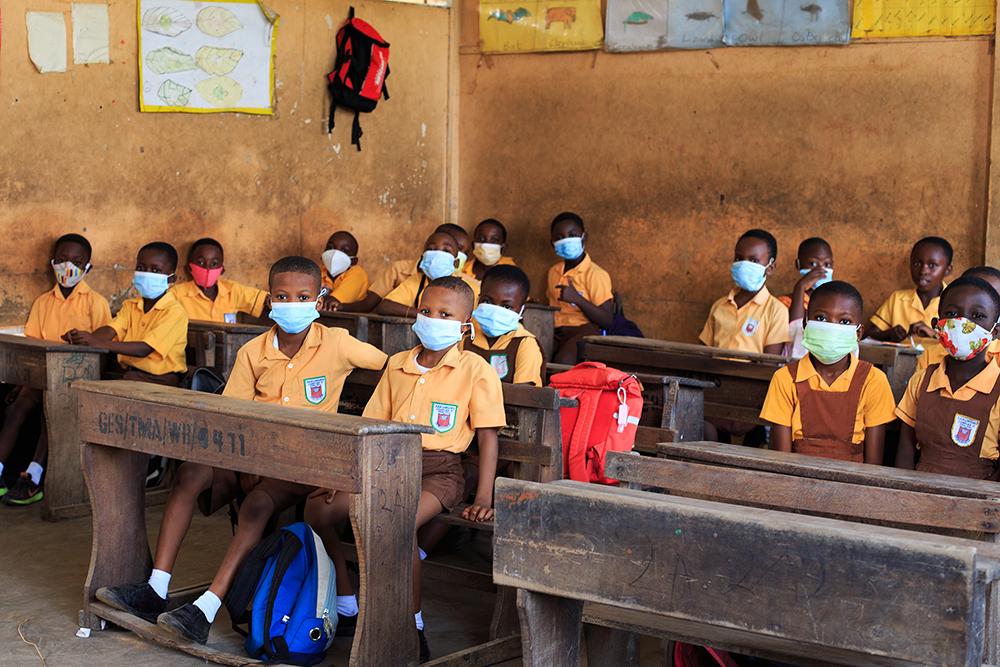Learning loss during the COVID-19 pandemic
Although most Ghanaian pupils went back to school after the lockdown, the learning loss is enormous. A NADEL policy brief analyses the education situation in low-income settlements and provides recommendations on how to address corona-related learning deficits.

Ten months after the nationwide school closure due to the Covid-19 pandemic, schools in Ghana reopened in January 2021. 94% of school-aged children are back in school. However, missing one academic year has limited learning for many young Ghanaians. To better understand how the school closures have affected Ghanaian students in poor urban neighbourhoods, the Development Finance and Economics Group at the University of Ghana Business School (UGBS) and the Development Economics Group at ETH Zurich conducted a survey in Accra.
Many challenges for remote learning
Many students only spent an hour or less on learning during the lockdown, and one out of four did not have any contact with their teachers. Limited access to communication infrastructure and the inability of parents to assist children in their studies profoundly hindered learning at home. Missing school meals deprived children of a healthy diet crucial for further development and growth. Hence, despite most students being back in school in Ghana, the learning loss is huge.
Based on the results of this panel survey, the authors of the policy brief, Edward Asiedu from the University of Ghana Business School, and Kathrin Durizzo, Isabel Günther and Natalia Polakova from the ETH Development Economics group emphasise that an immediate recovery response is needed to protect student progress. Furthermore, a program to strengthening readiness for future emergencies that necessitate remote instruction should be developed.
Here you can find the Download policy brief (PDF, 817 KB)